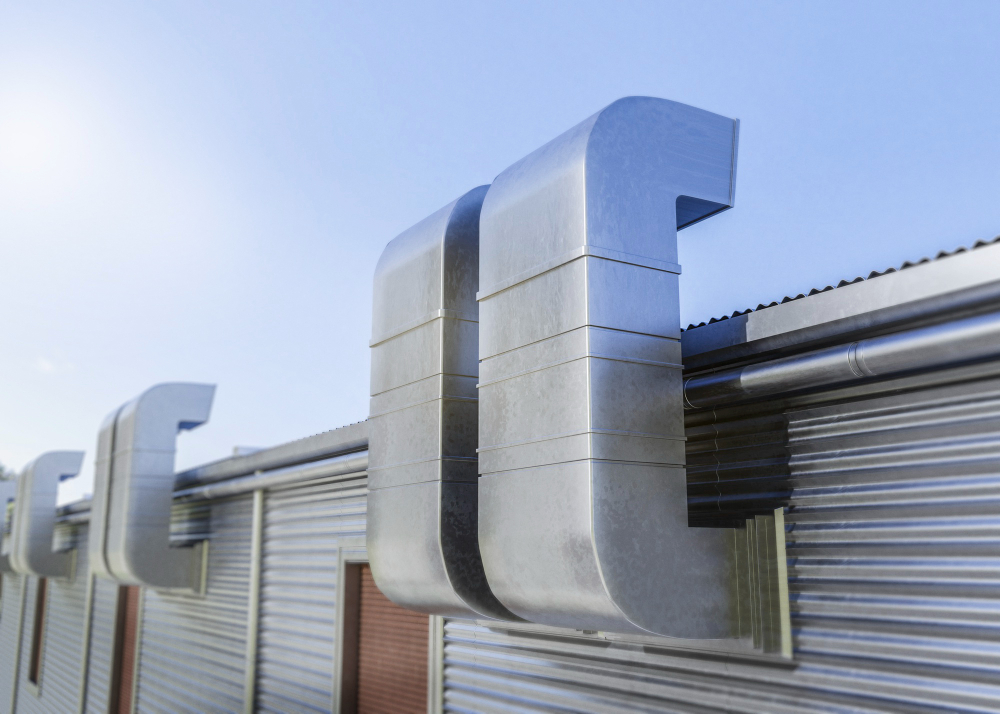
🇳🇿 Trend Snapshot: Key Forces Shaping NZ’s HVAC Market Today
1. Building Code Upgrades Are Raising the Bar
New Zealand recently updated its building code to impose higher insulation and ventilation requirements. Residential buildings are now classified into six climate zones with increased R‑value thresholds for roofs, walls, glazing, and floors. Commercial buildings must include energy monitoring systems to track HVAC usage. These changes are prompting upgrades to ducting design and equipment specs.
Why this matters: HVAC providers who proactively align installations with the new standards—especially on insulation and energy monitoring—can earn trust and avoid compliance issues.
2. Licensing Gap Means Reputation Is Currency
There is currently no mandatory licensing for HVAC technicians in New Zealand. This creates inconsistency in workmanship. While reform proposals may introduce tighter rules in coming years, for now, companies can distinguish themselves by showcasing staff training, vetted experience, and transparent guarantees.
Why this matters: Clear credential communication helps customers feel confident in your workmanship compared to unregulated alternatives.
3. Heat Pumps Leading in Both New Builds and Retrofits
Heat pump adoption is growing rapidly—for both new homes and retrofit projects. Many households are choosing multi-zone split systems over traditional ducted setups. These systems now often include zoning and inverter technology, offering better energy performance and flexibility.
Why this matters: HVAC brands that highlight heat pump efficiency, zoning control, and compatibility with solar power are capturing smart-home buyers.
4. Smart Controls & Climate Automation Rising
A growing number of households are integrating smart thermostats and remote AC controls into their HVAC systems. Control device penetration is on track to grow significantly over the next few years. Even in older homes, app control and temperature scheduling are quickly becoming consumer expectations.
Why this matters: Promoting smart control upgrades—especially for eco-conscious and tech-savvy clients—adds tangible modern value.
5. Insulation & Indoor Air Quality Drive Customer Decisions
With code updates raising insulation standards, homeowners are increasingly aware of whole-home performance. Reliable HVAC systems are now expected to maintain thermal comfort in tandem with ventilation. Also, concerns over air quality—due to heat, condensation, and allergens—are leading many to seek solutions beyond pure temperature control.
Why this matters: Offering bundled services like ventilation checks, dehumidification options, and filter upgrades can position a company as a full-scope comfort provider.
✅ Action Plan for NZ HVAC Companies
- Educate your customers on what building code upgrades mean for them (e.g., insulation, airflow).
- Showcase your team’s training and service standards to stand out in an unlicensed market.
- Position your heat pump installs around efficiency, zoning, and long-term savings—not just upfront cost.
- Offer smart add-ons like thermostat automation, climate scheduling, or solar integration.
- Bundle HVAC with ventilation and insulation support, making installs comfortable, compliant, and worry-free.

Responses